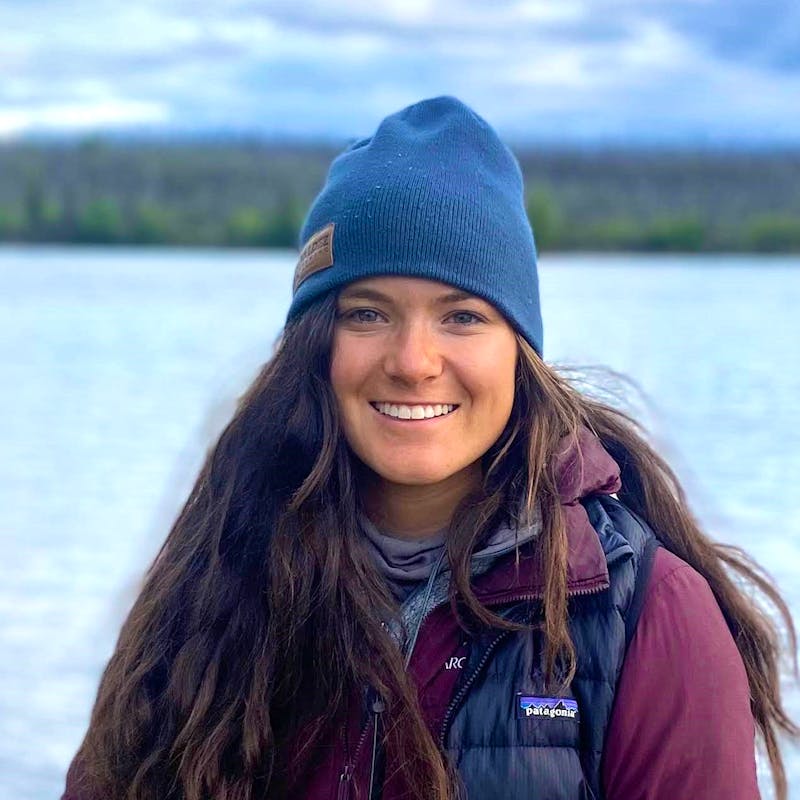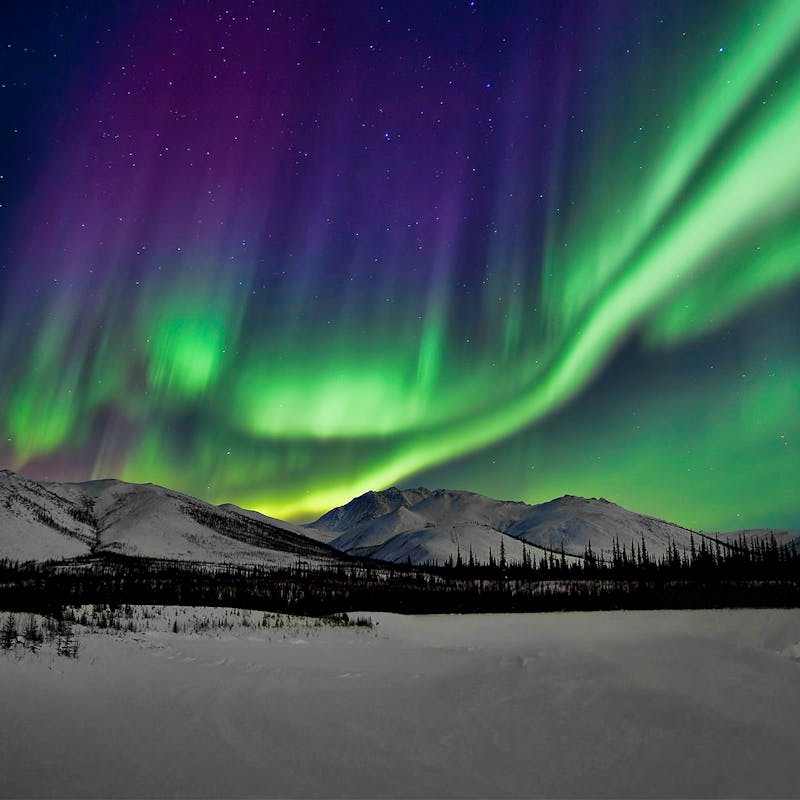Cook Inlet, a large and vital waterway in southcentral Alaska, is home to a diverse and fragile ecosystem. It supports a variety of marine life, including the endangered Cook Inlet beluga whales and Pacific salmon species. The health of this ecosystem and the wildlife it supports are threatened, however, by the presence of contaminants and permitted discharges from industrial activities, wastewater treatment and other sources.
As one of the most industrialized and urbanized regions in Alaska, Cook Inlet faces pressures from oil and gas development, shipping traffic and urban wastewater. These activities contribute to various forms of contamination that can have long-term detrimental effects on the local wildlife.
The Cook Inlet beluga population has been declining for decades, with approximately 331 individuals remaining. Pacific salmon species are important prey for belugas and are vital to local ecosystems and Alaska’s economy. These fish rely on the waters of Cook Inlet for breeding, migration and feeding, making the inlet an essential habitat for their life cycles.
With the importance of a healthy Cook Inlet ecosystem, Defenders of Wildlife is working to understand what chemicals are emitted into the environment by permitted discharge and what present contaminants are known to bioaccumulate in belugas and their prey.
The Contaminants in Question
Contaminants in Cook Inlet primarily originate from industrial and municipal activities. Four of the most concerning pollutants include:
1. Heavy Metals: Substances like mercury, lead and cadmium can accumulate in the water through industrial discharge and runoff from land-based activities. These metals are toxic to marine life and can bioaccumulate in the food chain, affecting the health of fish and marine mammals.
2. Petroleum Products: Given the oil and gas industry in the region, petroleum contaminants such as PAHs (polycyclic aromatic hydrocarbons) are a common concern. These chemicals are known to impair reproductive success, growth and overall health of marine animals.
3. Chemical Pollutants: A wide variety of chemicals, including PCBs (polychlorinated biphenyls) and DDT (dichlorodiphenyltrichloroethane), enter the inlet through industrial discharges and improper disposal. These toxic substances can linger in the environment for years and have serious health consequences for wildlife.
4. Pharmaceuticals and Personal Care Products: Wastewater discharges from urban areas can introduce pharmaceutical chemicals and other personal care products into the water. These substances can disrupt hormone systems in marine life, affecting reproduction and growth, particularly in sensitive species like beluga whales and salmon.
Regulations Only Go So Far
The United States Environmental Protection Agency and the Alaska Department of Environmental Conservation regulate discharges into Cook Inlet. They establish limits on the types and amounts of contaminants that can be released into the water. Permitted discharges are typically issued to industries such as wastewater treatment plants, oil and gas operations, and manufacturing facilities. These permits, while intended to reduce the impact of pollution, often allow for the discharge of substances that could still pose significant risks to the health of the ecosystem.
For instance, many wastewater treatment plants discharge treated effluent into the inlet. This liquid waste contains residual pollutants such as nutrients, pharmaceuticals and metals. The treatment process removes some of these substances, but it cannot entirely eliminate the harmful effects, particularly in areas with high concentrations of discharge.
In the case of the oil and gas industry, despite regulations limiting the amount of discharged oil and petroleum products, spills and leaks still occur and release toxic substances into the inlet’s waters. Even small amounts of these substances can accumulate over time, leading to long-term damage to the ecosystem.
The Impact on Wildlife
Cook Inlet belugas are particularly vulnerable to the effects of contamination. These whales are highly sensitive to environmental changes and rely on clean, healthy waters for feeding, mating and calving. Heavy metals, persistent organic pollutants and other toxins can accumulate in belugas’ bodies, often affecting their reproductive health and immune systems. Studies have shown exposure to contaminants can result in lower reproductive success and higher rates of disease.
Belugas are also impacted by the bioaccumulation of toxins in their prey. As contaminants enter the food web, they can travel up the chain and ultimately affect the health of top predators like belugas. With a population already struggling due to low numbers and a limited range, these environmental pressures exacerbate the threats to recovery.
Salmon are also very sensitive to changes in water quality. Contaminants like heavy metals, pesticides and pharmaceuticals can impact salmon reproductive health, growth and survival rates during key life stages, including their migration and spawning periods.
Working Toward a Cleaner Cook Inlet
Understanding the toxic chemicals affecting Cook Inlet — or your local waterway — and how to avoid them is the first step towards a cleaner future and healthier wildlife populations. Properly dispose of medicine, cleaning supplies and plastic products. Use your power as a consumer to choose non-toxic cleaning products when possible. Without action to reduce pollution, the health of the ecosystem is at risk.
Alaskan locals should also encourage their elected representatives to ensure the impacts of projects affecting Cook Inlet water quality are mitigated and regulators make discharge permit holders accountable for their infractions.
The gap of knowledge between emitted discharges, known contaminants in Cook Inlet and emerging contaminants of concern is large. Defenders is working to bridge this gap and encourages anyone working with water quality in Cook Inlet to reach out to AlaskaDefenders@Defenders.org.
For anyone looking to learn more or assist in Cook Inlet beluga recovery generally, please consider supporting Defenders and our work on the ground in Alaska with these endangered whales.












